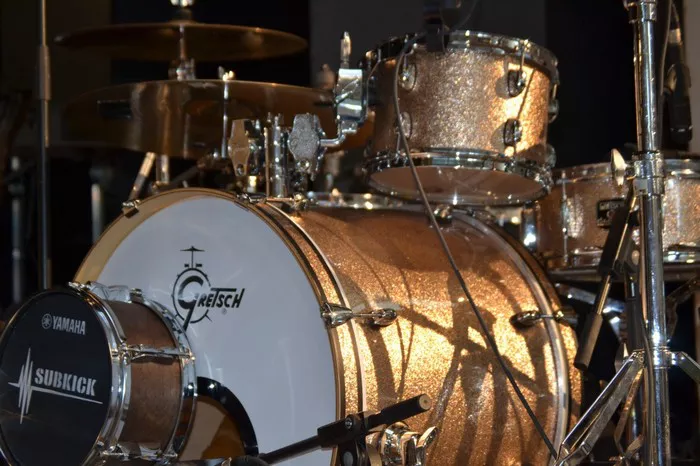The conga drums, with their rich and vibrant tones, are a fundamental element in various musical genres, from Latin and jazz to contemporary pop. However, achieving the perfect sound from your congas requires more than just skilled hands; it involves understanding how to tune them properly. In this guide, we explore the art of tuning conga drums, providing step-by-step instructions and insights to help you unlock the full potential of these rhythmic instruments.
Understanding the Anatomy of Conga Drums
Before delving into the tuning process, it’s essential to understand the basic components of conga drums. A typical conga drum consists of a shell, drumhead, tension rods, and lugs. The drumhead, usually made of animal skin or synthetic material, is the key player in producing the drum’s sound. Tension rods and lugs are responsible for adjusting the drumhead’s tension, influencing the pitch and resonance.
Choosing the Right Drumheads
Selecting the appropriate drumheads for your congas is the first step in achieving optimal tuning. Drumheads come in various materials, such as synthetic, natural skin, or a combination of both. Each material produces a distinct sound, so consider the genre and style of music you’ll be playing when making your selection. Synthetic heads are known for their consistency and durability, while natural skin heads offer a warmer and more traditional tone.
Step-by-Step Conga Drum Tuning Process
Here are the steps for tuning a conga drum:
1. Start with a Clean Surface
Before tuning, ensure that the drum’s playing surface is clean and free from dust or debris. Use a soft cloth to wipe the drumhead gently, preventing any interference with the tuning process.
2. Loosen the Drumhead
Begin by loosening the tension rods evenly around the drum. This creates a clean slate for tuning and allows for a more controlled and precise adjustment of the pitch.
3. Set the Base Pitch
Identify the desired base pitch for your conga drums. This is often a matter of personal preference and the musical context. Use a pitch reference, such as a piano or a tuning app, to guide you in achieving the desired note.
4. Tune Each Lug Evenlv
Starting with one lug, use a drum key to tighten the tension rod slightly. Move to the lug opposite to maintain even tension across the drumhead. Continue this process, moving in a star pattern, until all lugs are tightened evenly. This ensures a balanced and consistent tension, preventing warping or uneven stretching of the drumhead.
5. Check and Adjust
After the initial tuning, tap the drumhead near each lug with your fingertips. Listen for any variations in pitch. If you notice inconsistencies, make slight adjustments to the tension rods until the pitch is uniform across the drumhead.
6. Fine-Tune as Needed
Once the overall pitch is established, fine-tune the conga drums to achieve the desired tonal quality. Experiment with different tensions on individual lugs to find the sweet spot that complements your playing style and musical preferences.
Maintaining Conga Drum Tuning
Tuning conga drums is not a one-time task; it requires regular maintenance to ensure consistent sound quality. Factors such as temperature, humidity, and playing frequency can affect the tension of the drumheads. Make tuning adjustments as needed, and always check the tension before each performance or practice session.
Troubleshooting Common Tuning Issues
Here’s how to troubleshoot common tuning issues:
1. Warping or Wrinkling
If you notice warping or wrinkling on the drumhead, it may be a sign of uneven tension. Revisit the tuning process, ensuring that each lug is tightened evenly to avoid distortion.
2. Unwanted Overtones
To address unwanted overtones, consider experimenting with different types of muffling techniques. This could involve using gel pads or adjusting the tuning of specific lugs to control resonance.
3. Loss of Pitch
If your conga drums consistently lose pitch, even after tuning, it may be time to replace the drumheads. Over time, drumheads can wear out, affecting the overall sound quality.
See Also: 9 Steps To Play 8 Tone Tongue Drum: A Beginner’s Guide
Conclusion
Tuning conga drums is both an art and a science, requiring a keen ear, patience, and an understanding of the instrument’s components. By following these step-by-step instructions and considering the nuances of drumhead selection, you can unlock the full potential of your conga drums, producing a rich and resonant sound that enhances your musical expression. Regular maintenance and troubleshooting will ensure that your conga drums remain in optimal condition, ready to set the rhythm for your musical journey.


